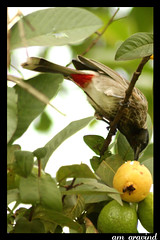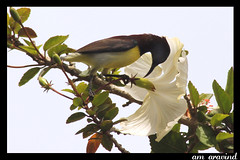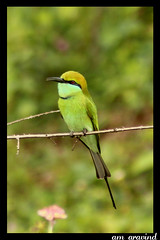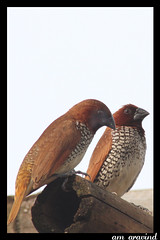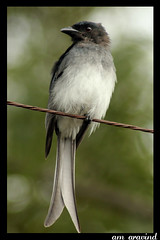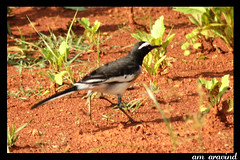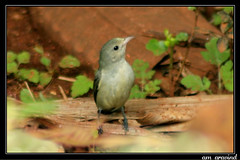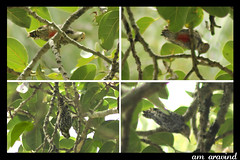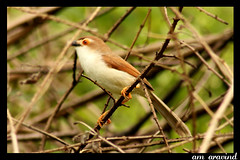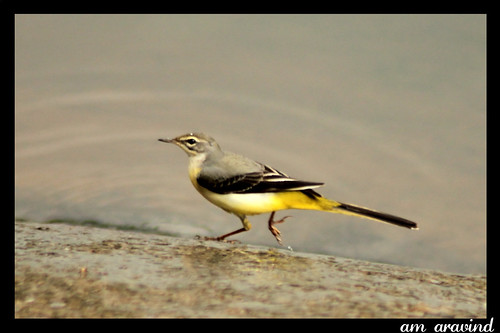But, before that, let me tell you what I think is the biggest reason for the dwindling sparrow population:
lack of nesting space.
For centuries, sparrows have been living with humans. Knowingly or unknowingly, humans have supported sparrows. The thatched/tiled houses which gave sparrows places to build their nest, have given way to box type concrete houses. Even in older concrete houses, there were small provisions which could support sparrow nests. But, houses these days are just boxes! With this change, we've driven them out of our lives.
Now, coming back to the reasons why I don't subscribe to the mobile radiation theory:
- Sparrows are found in abundance in places where they have nesting spaces inside human houses, despite the locations being busy areas with lots of mobile phone towers. Some of the streets around Commercial Street in Bangalore, one of the busiest shopping areas of Bangalore, support several Sparrows. There are many old houses and buildings in this area which have suitable nesting sites for sparrows.
- In 2012, Sparrows were reintroduced in several suburbs of Chennai. Nest boxes were supplied free of cost to the houses in these areas. And, sparrow population started increasing there, despite mobile phones towers.
- Birds which are as small as sparrows or even smaller - say, Ashy Prinias, White Cheeked Barbets, Coppersmith Barbets, Sunbirds etc - are found in abundance in cities. So, mobile phone radiation affects only sparrows and not other birds? I don't think so. Barbets make holes in trees to build their nests. Sunbirds build protected basket type nests, hanging from tree branches. These species probably don't need our support to survive, but the sparrows do.
- In areas where sparrows are found, it is not uncommon to find sparrows perching on cellphone towers.
"Recent studies in institutions across the world have contradicted reports of radiation from cell phones and their towers damaging the eggs of sparrows, and thereby contributing to their reducing numbers." - Arunn Narasimhan, Associate professor, IIT Madras.
https://home.iitm.ac.in/arunn/cell-phones-and-sparrows.html
http://www.thehindu.com/news/national/tamil-nadu/cell-phone-radiation-may-be-harmful-but-not-lethal/article5113454.ece
It is not beyond us to bring back the sparrows. Blaming mobile phone radiation for missing sparrows and not doing anything is the biggest blow we can deal to a friendly species which depends solely on us for survival.
What can we do?
- If you can spot sparrows in your locality, you can place nest boxes in your homes for the sparrows to nest. Nest boxes are available for sale from Nature Forever. Or, you can even make one on your own.
- Place bird feeders and bird baths in your garden/terrace/balcony, which will help not just sparrows, but other birds too. Summers can be too taxing for the birds. Placing bird baths with water can be the biggest help you can do for birds, during summer.
- If you haven't spotted sparrows in your location in a while, get in touch with organisations like (Enviroment Foundation of India, for example) which specialise in sparrows restoration and reintroduction.



































